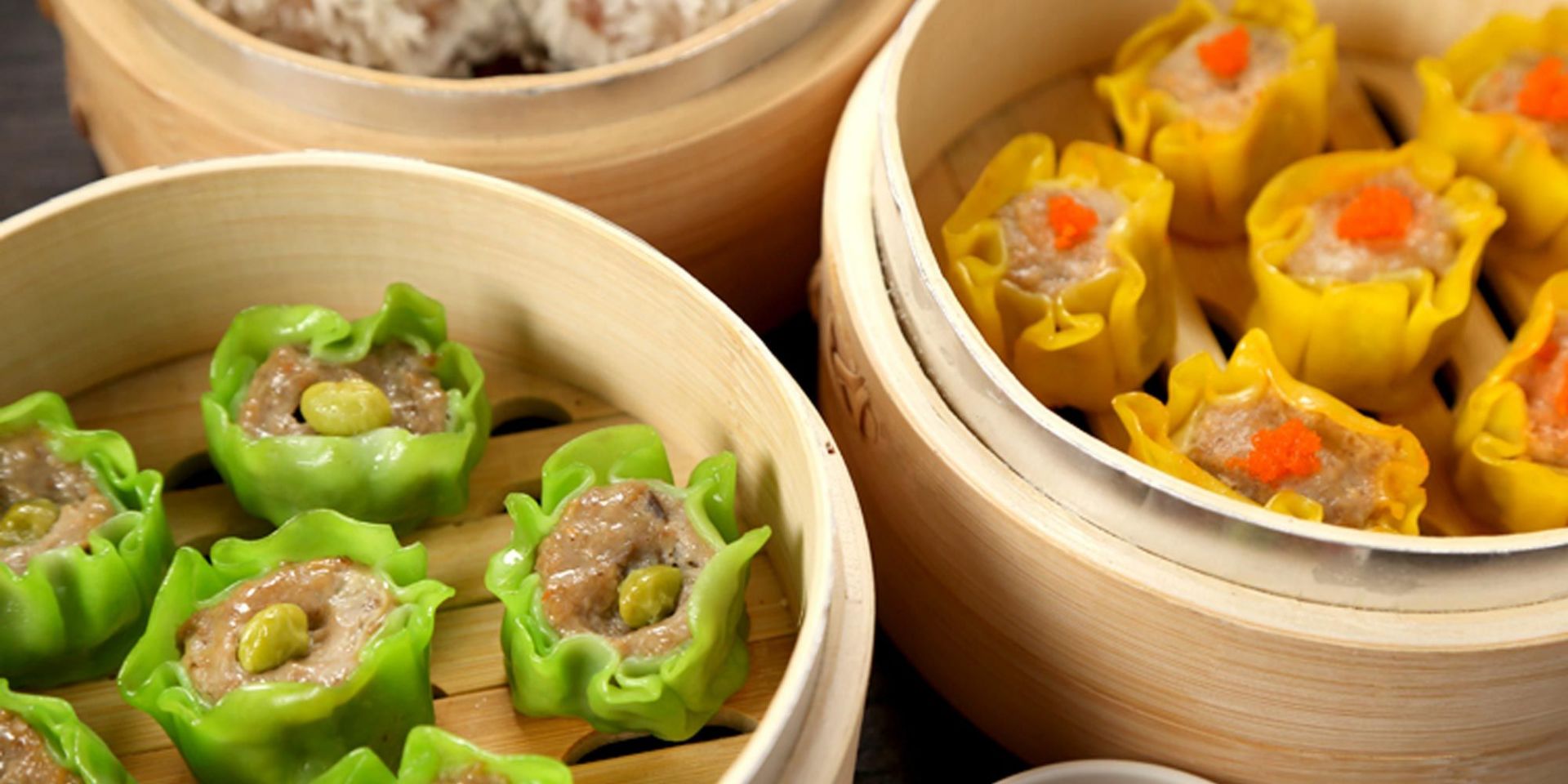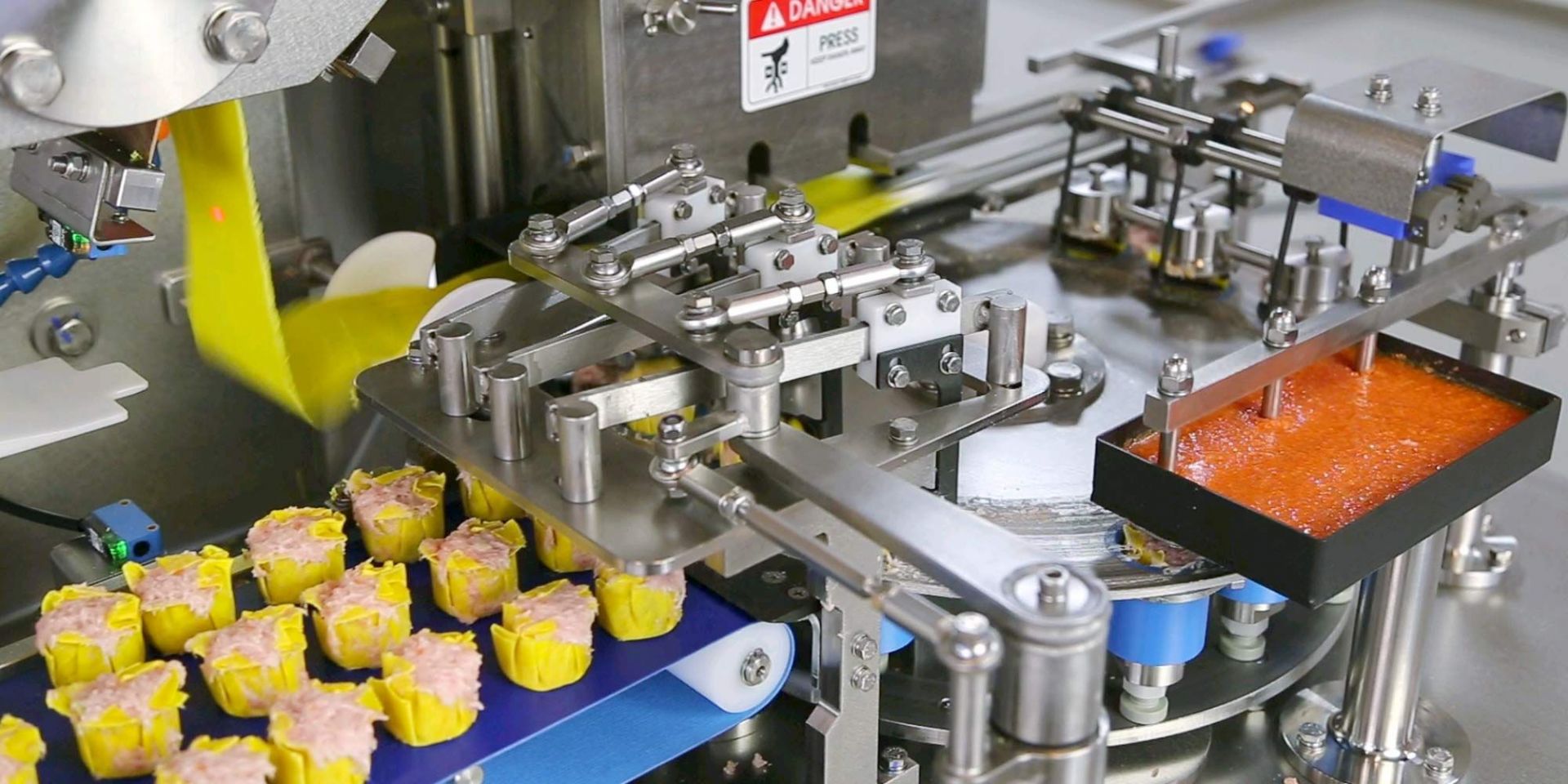Don't underestimate the popularity of shumai/siomai.
14 Nov, 2020To glance around a yum cha restaurant, you will find that no one can resist the lure of shumai. Its charm and taste have been passed down for generations, spread across the world, and fused with local culture attracting many foodies. Even though they just had a dish of steamed shumai in a restaurant or at a stall, the real shumai lovers will buy a box of frozen shumai home for satisfying a craving for shumai anytime.
Siomai/Shumai – an iconic Chinese dim sum item, made with paper-thin wraps and flavorful toothsome ground meat fillings. It's commonly seen coming out from hot steamers, all the way down to the supermarket frozen food isles; as well as from high-end restaurants to hearty street vendors' stalls. These delicate and delicious treats are made with diversity and served with convenience, which is why they are adored by people around the world.
Siomai/Shumai Around the World
With over 700 years of history, this Chinese cuisine was made popular with the rise of Hong Kong-style dim sum restaurants, hence the spread of its charm and tastiness across the world. In Hong Kong, siomai/shumai could be the star of the meal at least 3 times a day. More than just to be found in hot bamboo steamers, they are also served on a stick on the streets for snacking. Traditionally, siomai/shumai is usually made with pork, but there're also the fish-based varieties, that are made with mixes of fish meat, starch and pork into smaller sized bites, which are also silkier in texture. These fish siomai/shumai are often served on a stick, or in cups, and could be either steamed or deep-fried as preferred.
In Japan, the recipes have been modified to suit the locals' tastes, and ingredients such as scallops are incorporated to increase the umami flavor. Moreover, siomai has been made to be enjoyed as a cold dish in the Japan market. Take Kiyoken, a famous establishment for siomai bento (meal boxes) for example, the siomai/shumai are served chilled in a box, but without any greasy mouthfeel.
While in Southeast Asia, siomai/shumai are developed with different cultural characteristics. Take the Philippines for example, siomai is often considered a readily available snack when hungry, they are commonly served on the street on the cart or a stall, steamed in a large metal steamer, served in small plates with a drizzle of soy sauce and some calamansi, it’s a fast treat of the go. In Indonesia, “siomay” is made and enjoyed differently, first it’s made with slightly more substantial wonton wraps, and filled with fish instead of pork for religious reasons, and often served with a peanut sauce, or sometimes they are served without wrap like meatballs.
Siomai/Shumai Meets the Different Needs

Some like it small and delicate, and others like it big and juicy. There are many producers and brands that produce siomai/shumai into different sizes, from little bite sized treats, to jumbo king size, all to satisfy the picky customers.
And the recipes are also often adjusted, too, to meet the needs of various religious requirements, such as using certified Halal meats for the Muslim community, which is a thoughtful and delicious creation for many.
What about for the vegans and vegetarians? Of course! There are already numerous vegetarian-friendly restaurants out there that replace meat with tofu and other vegetables to make siomai/shumai, using dough wrap to help shape and hold the vegetables. More than many options are available for the meatless or vegan diets, that are just as appealing, healthy and delicious.
Advanced Food Tech for Convenience

Nowadays, people seek for delicious food that could be easily prepared and enjoyed at home. Hence, many food manufacturers, companies and brands have invested in the frozen food production lines, paired with advanced preservation and packaging technology to increase brand expansion, recognition and market shares.
Back in the days, people used to takeout siomai/shumai from restaurants or shops home, but after heating, chilling and reheating, the texture and flavors are often sacrificed with time. But with modern and improved refrigeration and cold chain technology, siomai/shumai could be delivered/taken home and be freshly steamed in home kitchens, served with restaurant quality. In addition, food machinery is advancing drastically, not only with the focus on productivity and consistency, but also in the quality and food safety; many of which are automated with handmade techniques to create siomai/shumai with enhanced textures and crafty looks.
Once the production is being automated, food with great tastes will attract supporters and fans, and the market demand can be met with productivity and efficiency; and with the increasing online presence and sales platforms, companies such as Amazon have become distributors of frozen siomai/shumai and other frozen dim sum alike. Recently, MUJI had also invested in the frozen food sector, successfully launched the “vegetable and shrimp siomai/shumai” in Japan, and has officially entered the industry as a lifestyle brand, competing with other food giants on the market.
ANKO HSM-900 Automatic Shumai Machine, maximize your secret recipe with finesse
ANKO has newly launched the triple line Automatic Shumai Machine, which performs at a 50% higher efficiency than the previous double line model, it’s capable of producing siomai/shumai at the rate of 9,000 pc/hr, and 72,000 pc/day (8 working hour/day), it’s flexible to accommodate and supply low and high consumer seasons. It’s fully equipped with an automatic dough wrapper maker, filling, forming, decorating and arranging functions. It can also be customized to produce products with desired thinness/thickness of the wrap, final weight, shape and appearances independently to create unique products and be manufactured with high quality and consistency.
Last but not least, this new model Shumai Machine is designed with user-friendly and comfort in consideration, with an original and adjustable product spacing function to facilitate the picking and packaging at the end of the line. This model is optimized and improved to be easily disassembled and cleaned, and is also built to be more ergonomic for the operators’ well-being. The machine runs smoothly, quietly and with extended lifespan; and if connected to an Aligning Machine, it can create a more extensive siomai/shumai production line, and maximize the space utilization of the steaming plate.
ANKO’s triple line Automatic Shumai Machine is recommended to food manufacturers that are eager to expand their production and market shares by increasing their daily production rates, and/or assisting other food OEMs and chain stores to mass produce ready-to-eat siomai/shumai. ANKO’s professional sales engineers can also provide valuable market information and help with automatic production with exclusive recipes, together we can improve the taste and quality of the food products, in order for our clients to grasp the opportunities in the siomai/ shumai markets.

